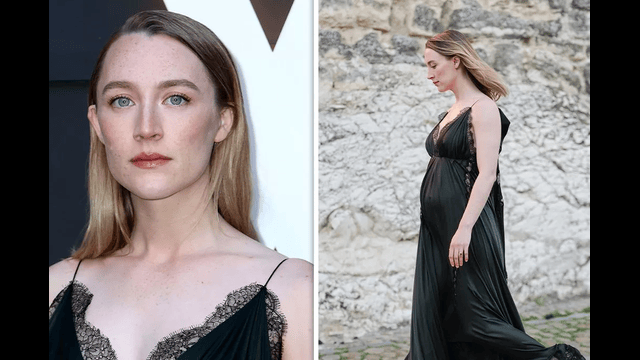
This painting is among Picasso's first works from his Blue Period. CNN
Art experts have uncovered a hidden portrait beneath a painting by Pablo Picasso, revealing a mysterious woman who had been painted over more than a century ago.
Using advanced infrared and X-ray imaging, researchers at the Courtauld Institute of Art in London discovered the hidden artwork beneath Portrait of Mateu Fernández de Soto, a painting Picasso created in 1901. The original portrait had been concealed when Picasso reused the canvas to depict his sculptor friend sitting at a table, painted in shades of blue and green.
The hidden portrait appeared gradually as infrared technology scanned the painting piece by piece, said Barnaby Wright, deputy head of the Courtauld Gallery. Experts had long suspected there was another image underneath due to visible brushstrokes that didn’t match the final painting. However, they were unsure of what they would find until the scan was complete.
The woman’s identity remains unknown, but she bears a resemblance to other women Picasso painted during his early years in Paris. Her chignon hairstyle was popular in France at the time, suggesting she might have been a model, a friend, or even a lover.
Infrared scans reveal a hidden portrait beneath the painting. CNN
“She may forever remain anonymous,” Wright noted, though researchers are working to identify her.
Picasso arrived in Paris in 1901 at just 19 years old, already experimenting with different artistic styles. The painting that covered the hidden portrait belongs to his famous Blue Period, during which he used somber colors and emotional subjects, influenced by the tragic suicide of his friend Carlos Casagemas.
X-ray scans suggest Picasso reworked this canvas at least three or four times, likely due to financial struggles that made it difficult to buy new materials. However, experts believe it wasn’t just a matter of cost—Picasso seemed to enjoy transforming one image into another, constantly evolving his artistic vision.
Unlike some artists who would start fresh by covering old work with a white base, Picasso painted his friend directly over the woman’s portrait. As a result, traces of her image remain visible even in the final painting. Wright explained that those who know where to look can still see her eye, ear, and parts of her hair subtly emerging through the layers of paint.
“This ghostly presence of the woman isn’t just hidden below—it’s pressing into the surface itself,” Wright said.
The painting, Portrait of Mateu Fernández de Soto, will be exhibited at the Courtauld Gallery in London from February 14 to May 26, allowing visitors to view one of Picasso’s early masterpieces—now with an even deeper history.















